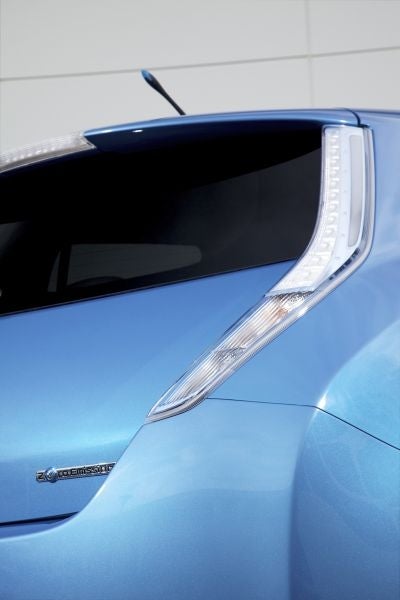Installing LED lights could be a quick and easy way to make driving greener, according to a report from lightbulb producer Osram Sylvania.
Jonathan Dunlap, an automotive lighting engineer with the firm, wrote a paper in 2008 about how LEDs affect power consumption, but says that the trend is only just taking hold, with several publications picking up his research.
Behind this new interest appears to be the obsession with greening vehicles, with both drivers and automakers seeking to squeeze every inch of efficiency to save fuel and ultimately, the planet.
For decades, car lamps such as headlights, tail lights or indicators have traditionally been illuminated using incandescent lights, which usually use tungsten-halogen or xenon.
However, a growing number of manufacturers, beginning with Audi and Lexus, have been incorporating light emitting diodes (LEDs) into car lamps, as they tend to offer a longer service life and greater resistance to vibration.
One other benefit, which Osram Sylvania says will become increasingly important as automakers seek to "reinvent the automobile," is that LEDs require a lot less power.
That power reduction, which may have gone unnoticed in 2008, could make a big difference to the electric cars which are now beginning to hit the roads.
Jonathan Dunlap's tests suggest that the difference in power consumption between halogen bulbs and an LED system could be nearly 9.5 kilometers of driving, which could be as much as a third of the range of a plug-in hybrid such as the new Prius.
Even with conventional vehicles, LEDs reduce energy consumption and therefore improve efficiency, says Osram Sylvania.
"A 28 watt LED system emits only 196 grams of carbon dioxide per 100 kilometers compared to 768 grams of carbon dioxide per 100 kilometers from conventional 110 watt H7 halogen bulbs," explained Dunlap's colleague David Hullick.
The associated problems with LEDs, which include issues with heat dissipation and installation costs, has meant that for now, they're more common on indicators and brake lamps than for headlights - although it seems that before too long, they could be helping all of us turn green.
Subscribe to Independent Premium to bookmark this article
Want to bookmark your favourite articles and stories to read or reference later? Start your Independent Premium subscription today.


Join our commenting forum
Join thought-provoking conversations, follow other Independent readers and see their replies